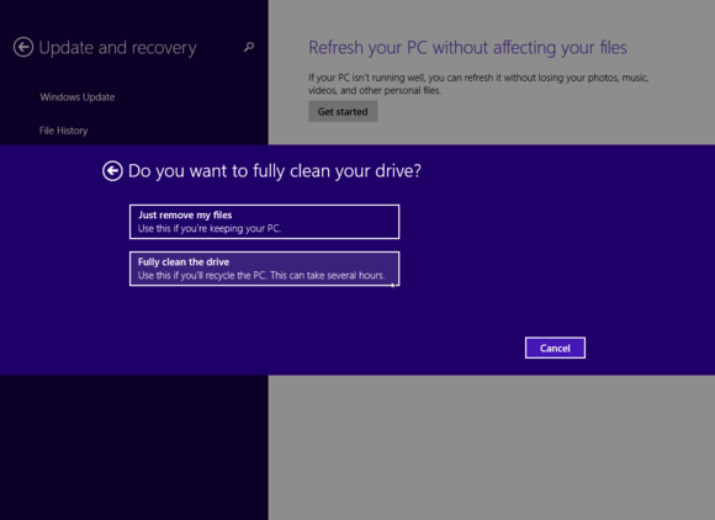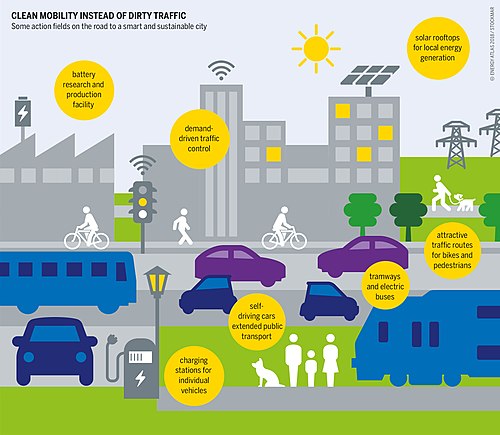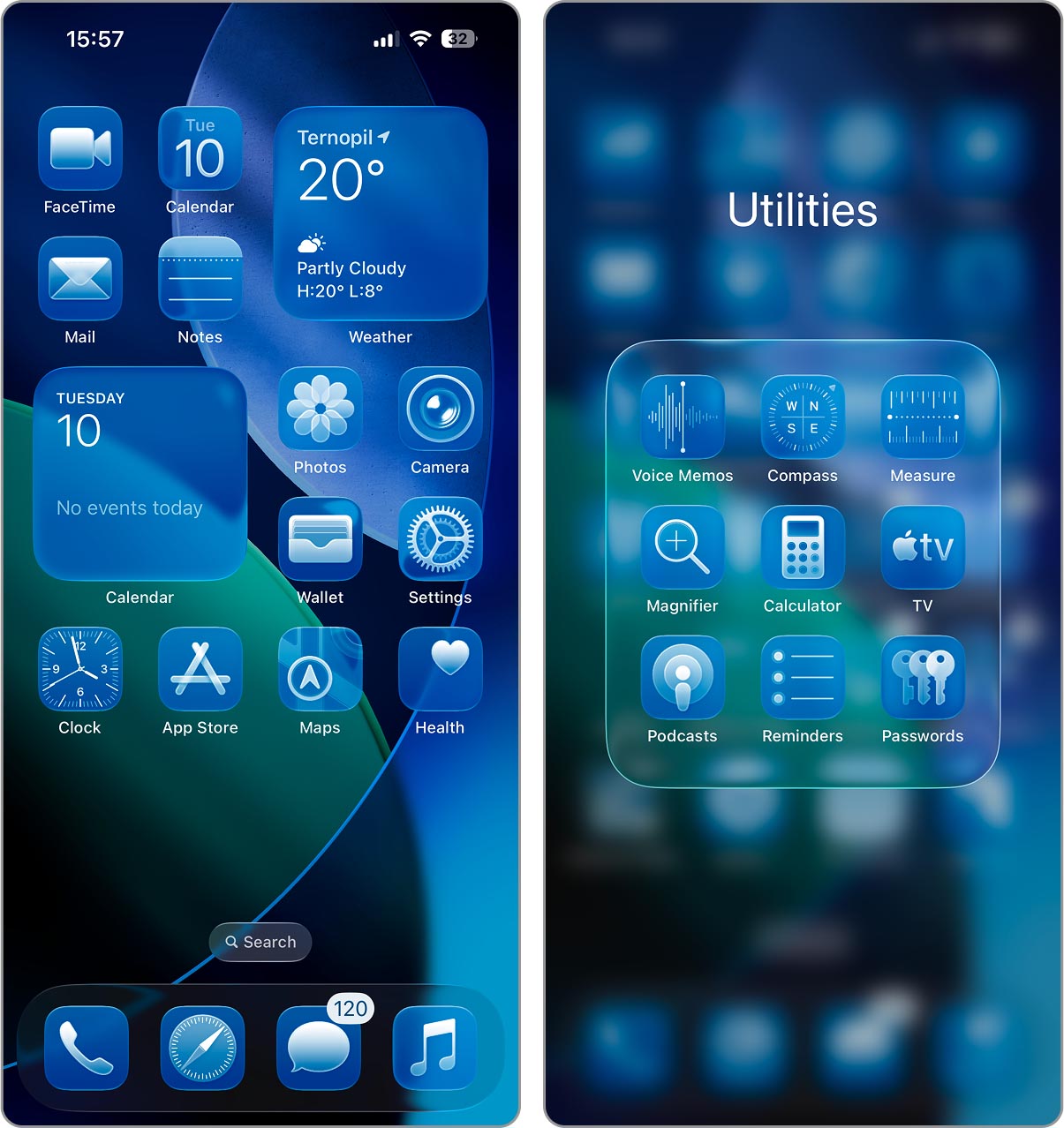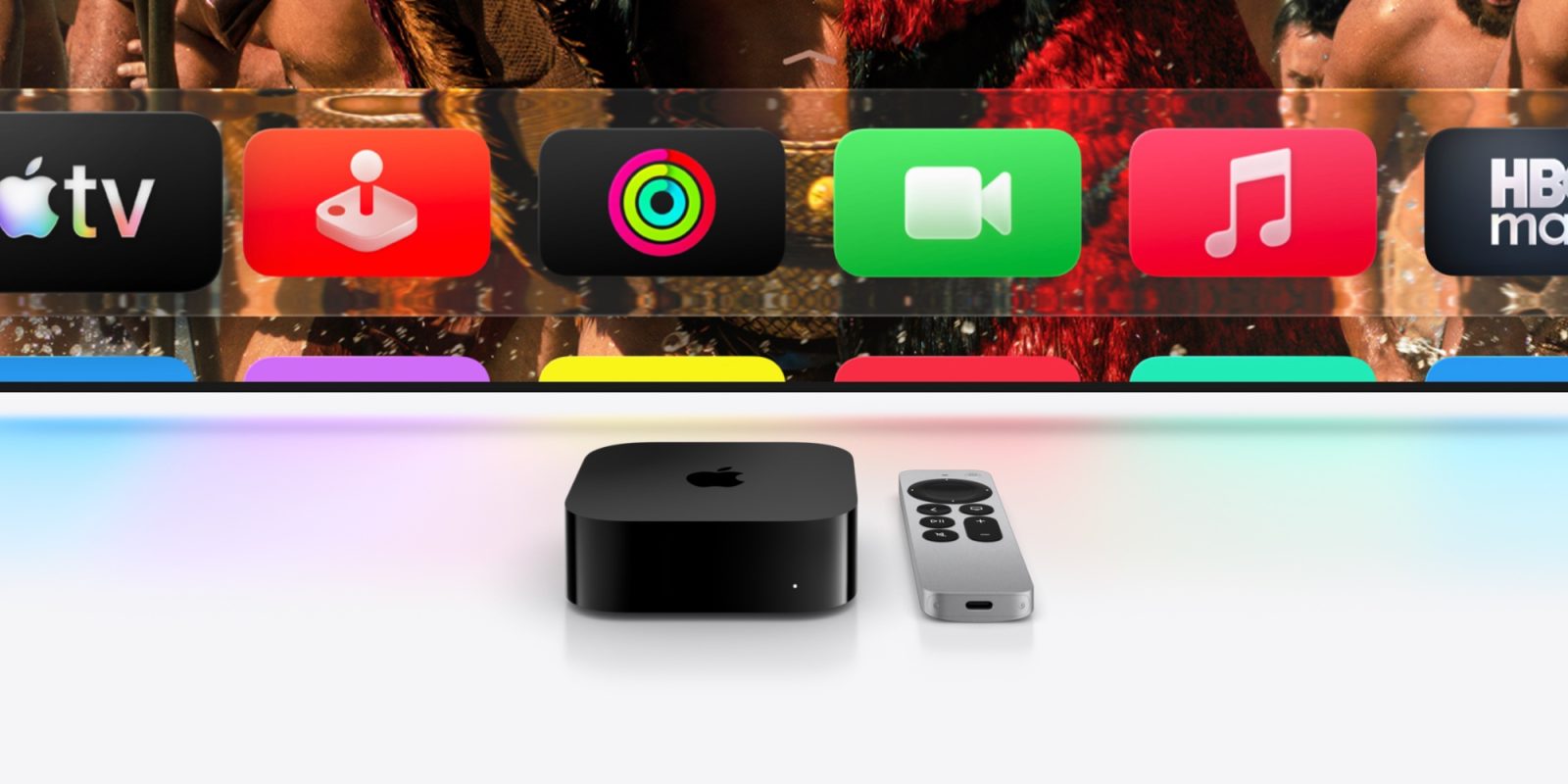Steer Clear of Third-Party Watch Faces Until Google Resolves This Wear OS 6 Issue
Wear OS 6 was designed to be a fluid enhancement, improving features such as the always-on display. However, it has brought about a notable problem for users of Pixel Watch and Galaxy Watch who prefer third-party watch faces. A glitch in Wear OS 6 is causing these watch faces to freeze during transitions, leading to a “ghosting” effect where the active face and Always-On Display overlap. This issue impacts both older and newer models, including the Galaxy Watch 8 and Watch Ultra.
The problem particularly affects third-party watch faces, while the stock faces offered by Google and Samsung remain unaffected. Users have flagged this bug on Google and Samsung forums, mentioning that the Always-On Display transitions are malfunctioning for many third-party faces. Typically, a Wear OS watch should transition smoothly from its interactive watch face to a simplified AOD version when the wrist is lowered. However, on Wear OS 6, this transition is defective, resulting in overlapping numbers and hands.
This issue extends beyond a single brand, with reports coming from both Pixel Watch and Galaxy Watch users. The underlying cause appears to be changes in how Wear OS 6 processes AOD rendering for third-party watch faces. Google has implemented new APIs to enhance efficiency and consistency, but these modifications have disrupted compatibility with established watch face frameworks.
While the stock faces continue to work properly, users have discovered a temporary solution by switching to official Pixel or Samsung watch faces, though this is just a stopgap. Google and Samsung acknowledge the problem, but a system update is necessary to fix it. Until then, it is recommended to avoid third-party watch faces and wait for the next firmware update.










